Suffolk tidal surge: Work starting on defences 10 years on
- Published

The Crown pub and the B1069 at Snape were flooded by the River Alde in 2013
Communities affected by a huge tidal surge in 2013 are finally to see work starting to reduce the chances of it happening again.
Hundreds of homes and business along the Suffolk coast were hit by by gale force winds and a tide that was 6ft (1.82m) above the normal maximum.
The Environment Agency said the surge was "worse than the 1953 floods".
A £12m flood defence project gets under way next year.
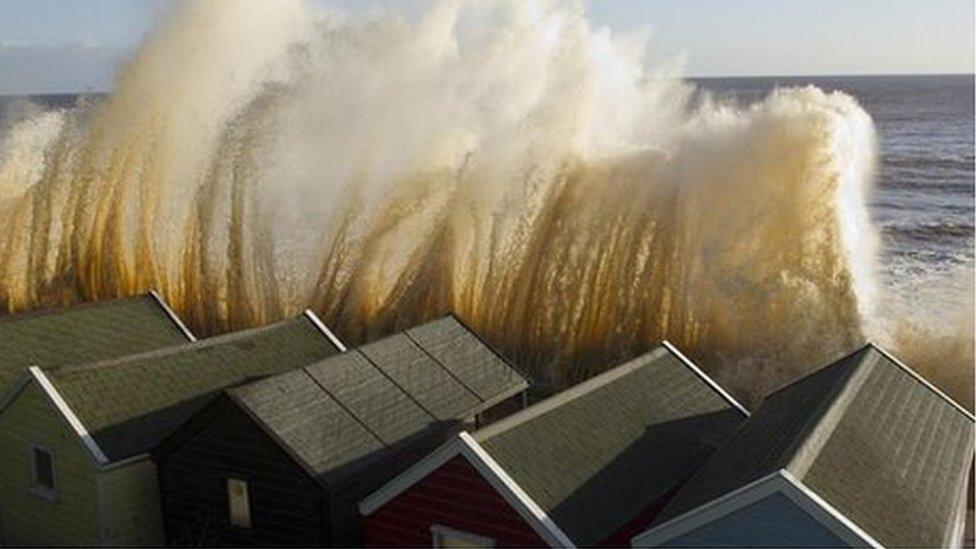
The tidal surge ravaged the Suffolk coast and forced the evacuation of dozens of homes.
The surge swept across the north Suffolk coast during the night of 5 December 2013, leaving devastation and disruption in its wake.
Witnessed described how it sounded "like an express train" rushing towards them.
Several rest centres were set up for people who were evacuated from their homes while trains were cancelled and roads closed.
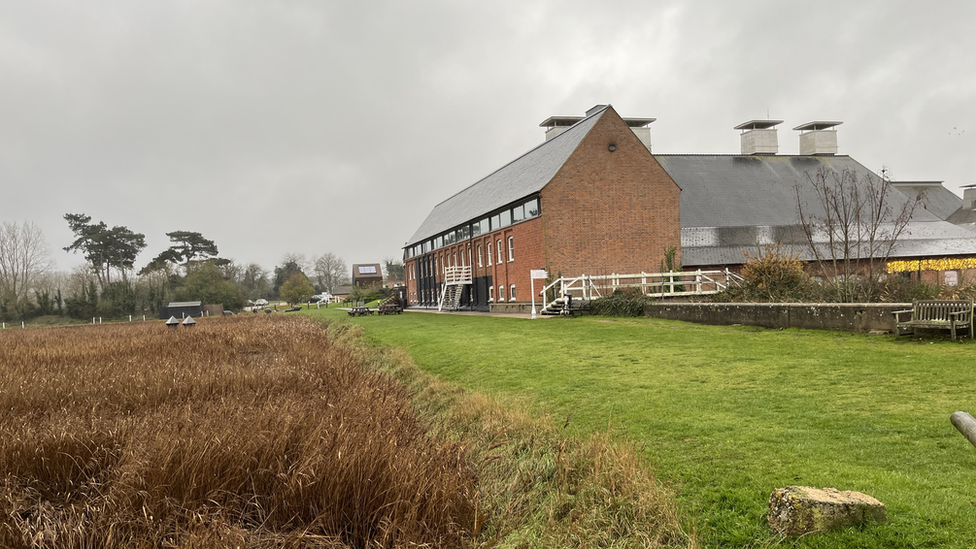
The Suffolk coastline, which includes the famous Snape Maltings Concert Hall, will be protected by the first phase of the project
A plan to make the 27 miles (44km) of wall along the River Alde and Ore estuary more resilient was already being drawn up when the surge happened, but it took until 2016 for it to be officially approved.
The actual implementation of the first phase of the plan was only given the go-ahead in January 2023 after a mixture of private and government funding was secured.

The project delivery engineer Pete Roberts said the ground level along the coast would be raised by up to half a metre
The first phase of the work will take three to four years and cover a 5.9 mile (9.5km) stretch of coastline from Snape to Aldeburgh.
Pete Roberts from the Water Management Alliance said: "The work is about making these existing flood defences even stronger so it's about making them survivable in tidal flood events in the future.
"We'll be raising the ground by up to half a metre in places to give us that extra protection level and slackening off the back faces to make the water slow down as it goes over."
The following phase of the project from Aldeburgh to the sea at Shingle Street will cost about £20 million.

Tim Beach from the Alde and Ore Community Partnership said he was confident funding would be found for the second phase
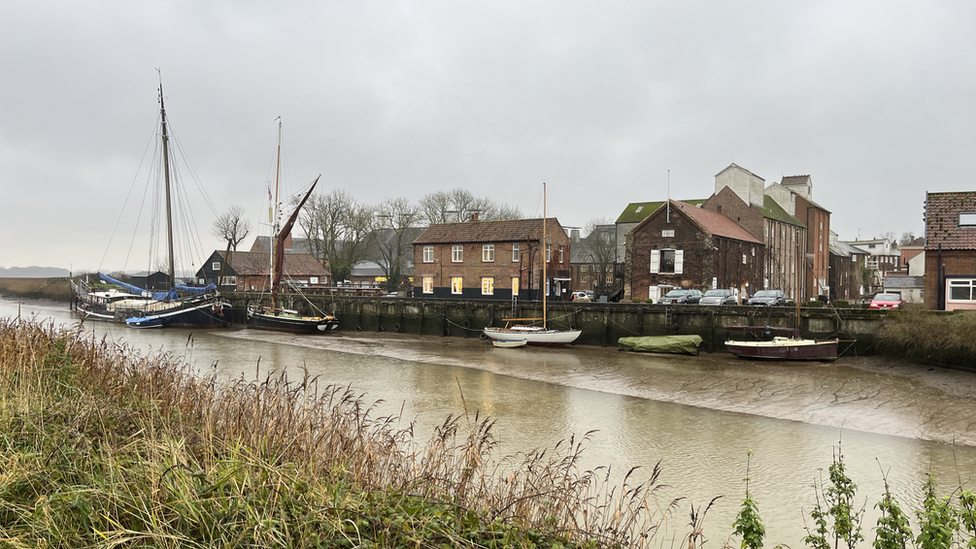
The tidal River Alde runs alongside the Snape Maltings complex of concert halls, shops and pub
Tim Beach, chairman of the Alde and Ore Community Partnership, knows getting the funding for the next stage will not be easy.
He said: "It's a great deal of money but I'm sure we can find it as we've proven with the upper estuary, we found the money.
"I'm sure we'll pull this together over the next six or seven years."

Follow East of England news on Facebook, external, Instagram, external and X, external. Got a story? Email eastofenglandnews@bbc.co.uk, external or WhatsApp 0800 169 1830
Related topics
- Published22 November 2021
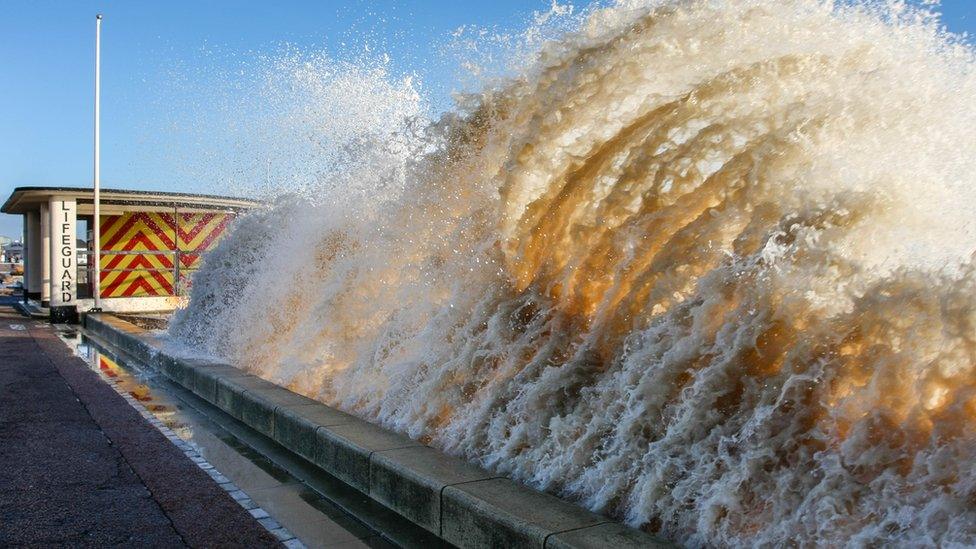
- Published28 January 2020
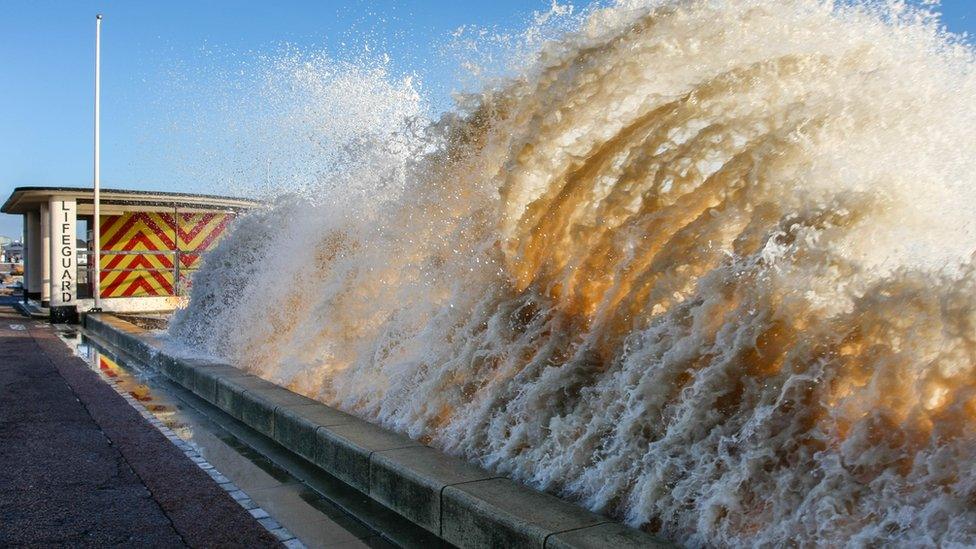
- Published18 December 2013
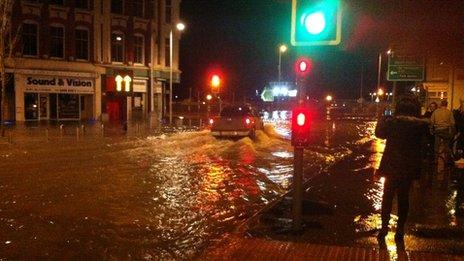
- Published10 December 2013

- Published6 December 2013
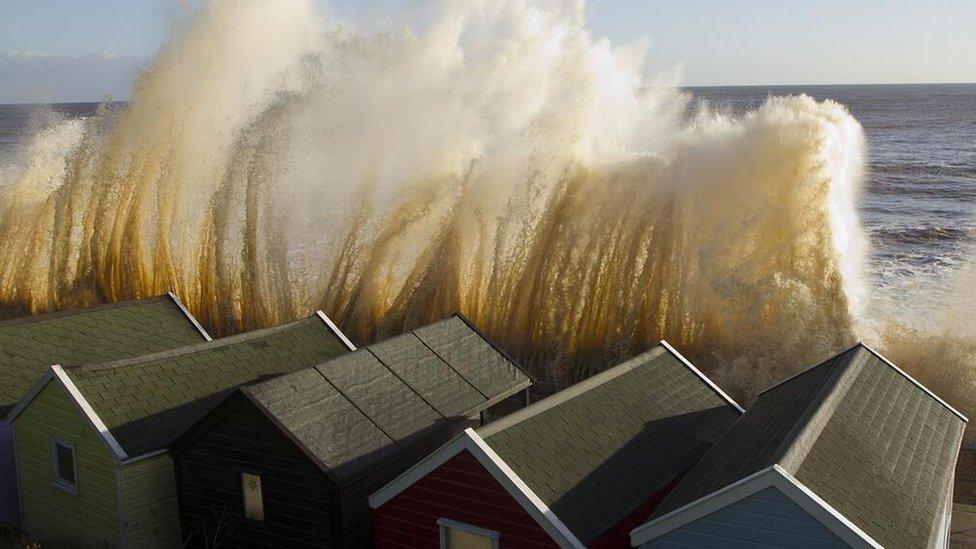
- Published5 December 2013
